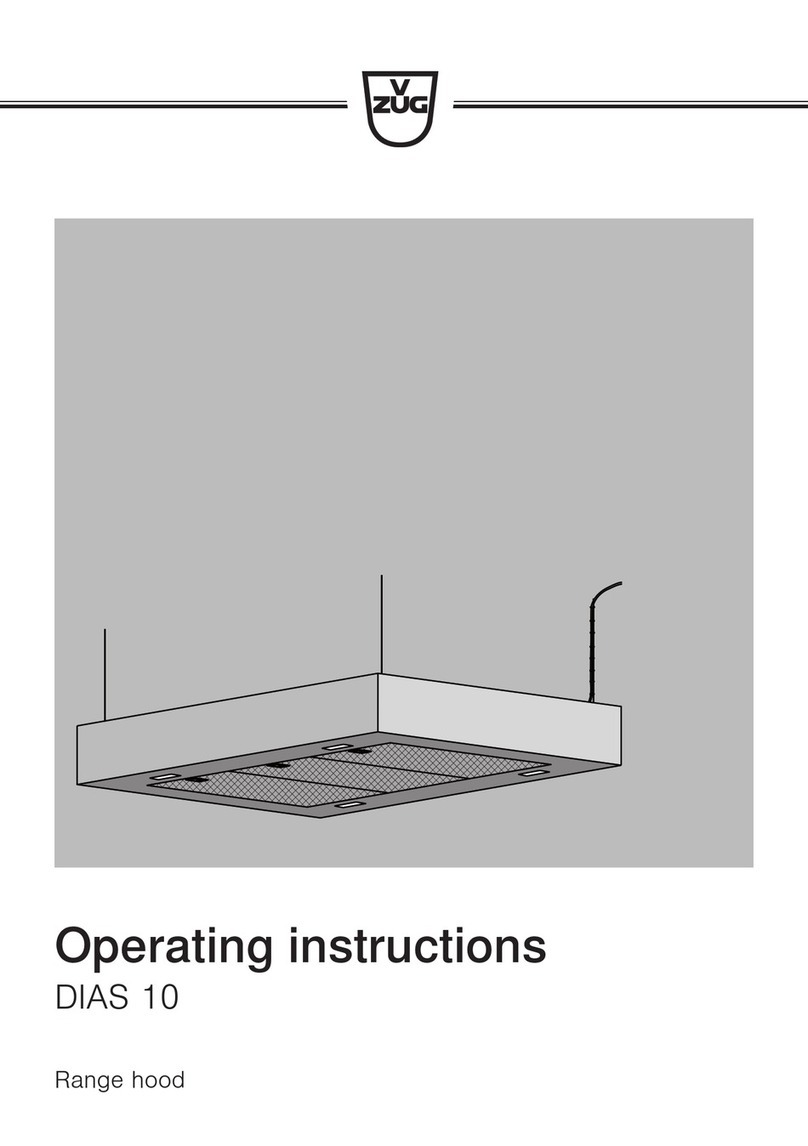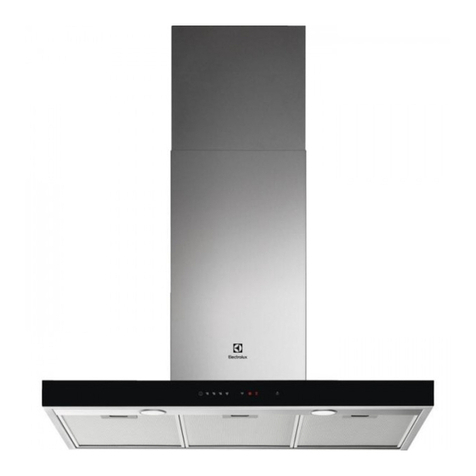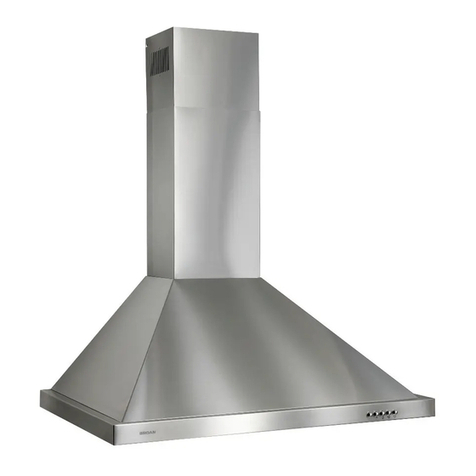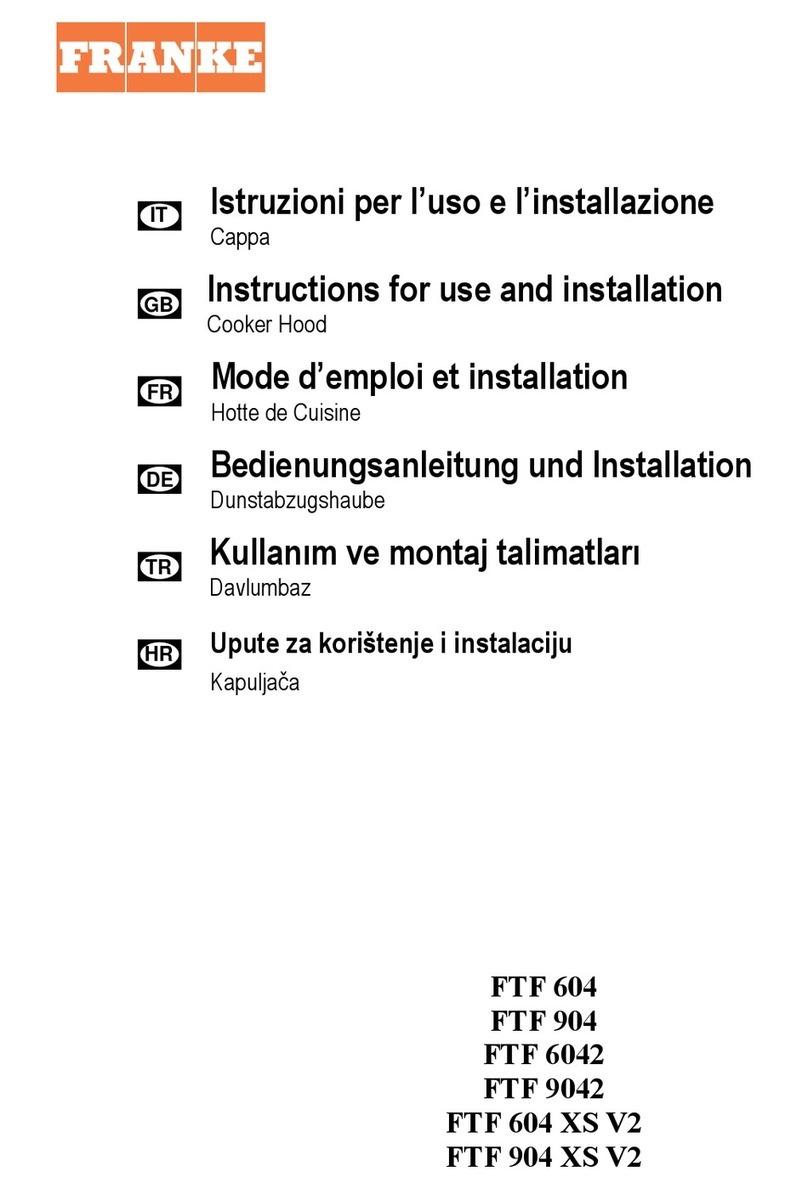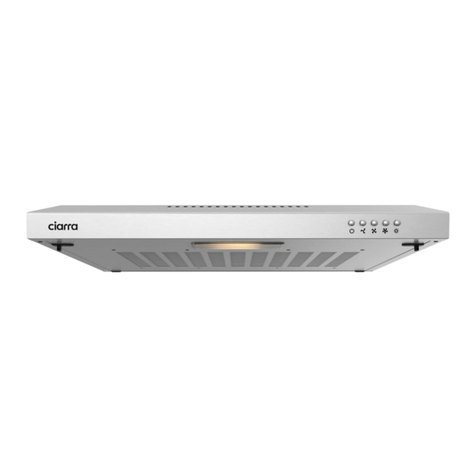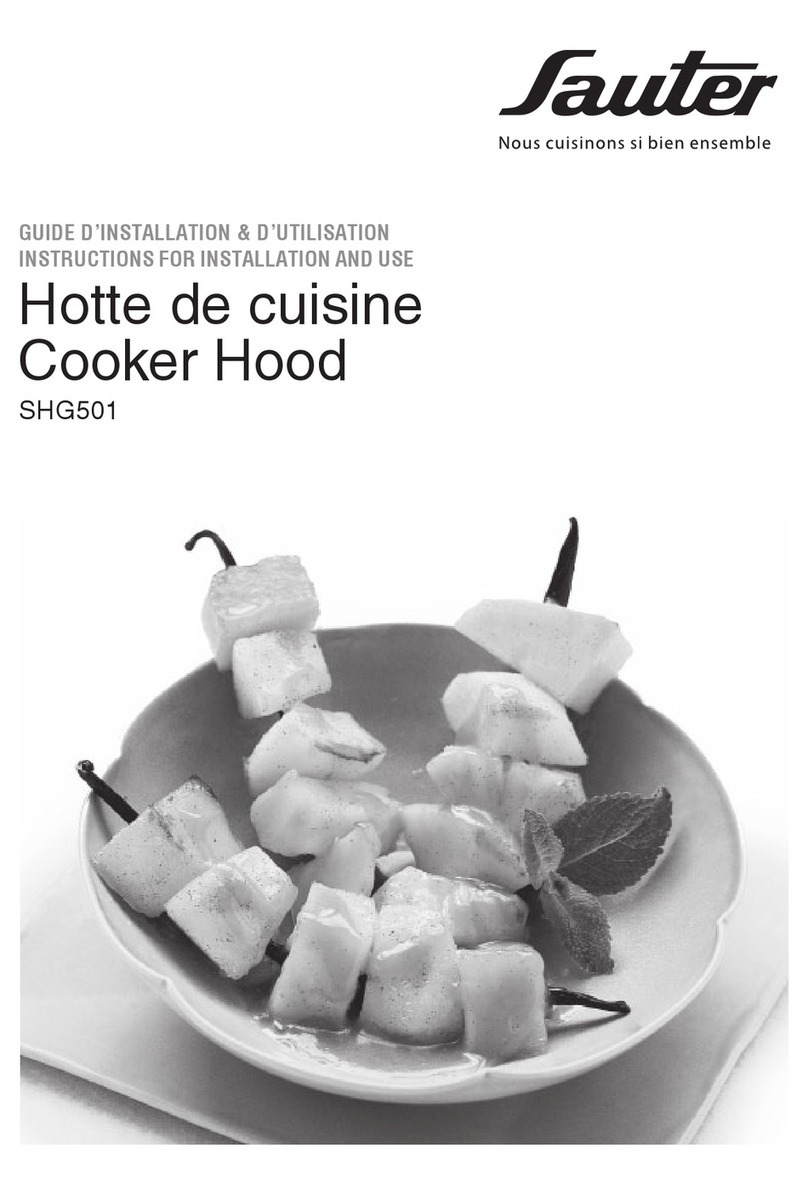V-ZUG DV-S Series User manual
Other V-ZUG Ventilation Hood manuals
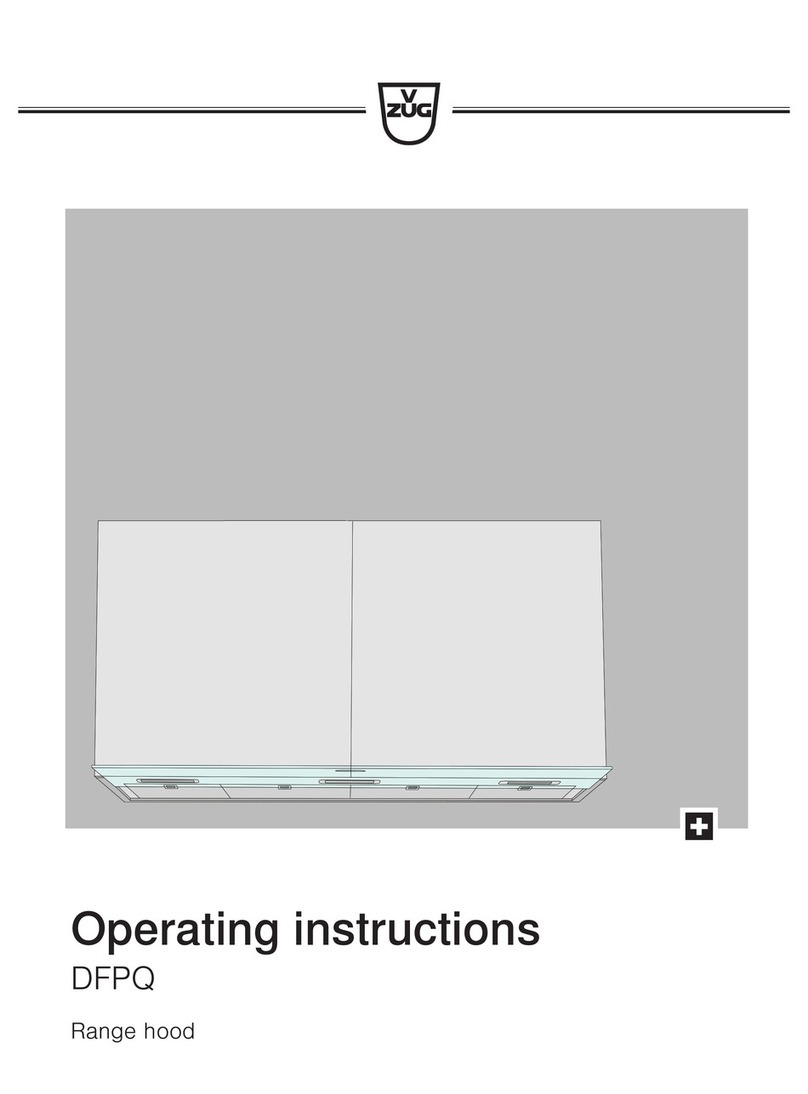
V-ZUG
V-ZUG DFPQ12 User manual
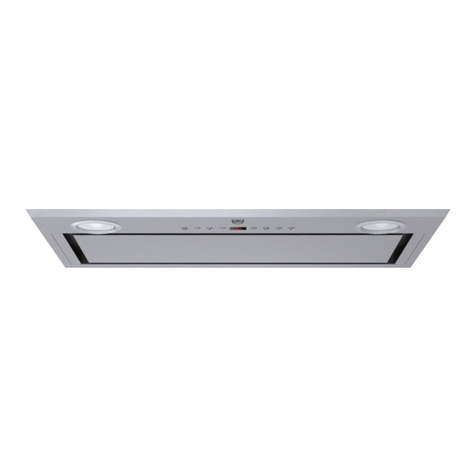
V-ZUG
V-ZUG DEHMR 5 User manual

V-ZUG
V-ZUG DW-SE6 048 User manual
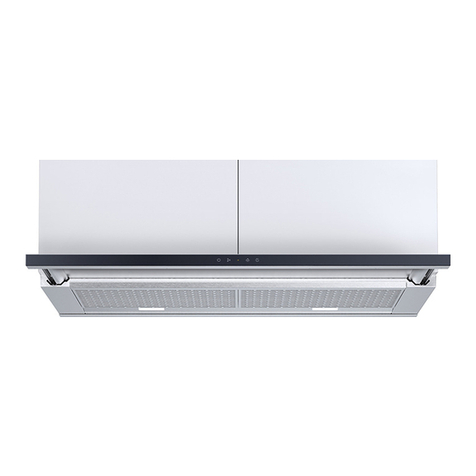
V-ZUG
V-ZUG DFPQSL Series User manual
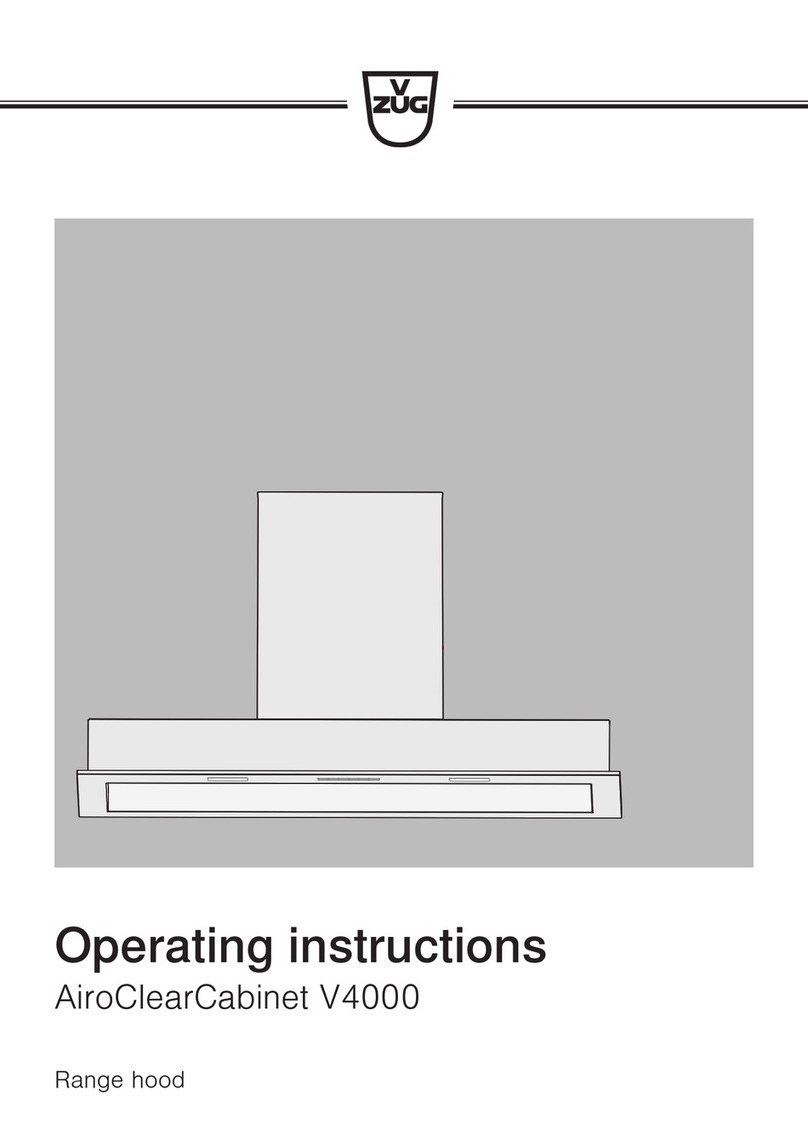
V-ZUG
V-ZUG AiroClearCabinet V4000 User manual
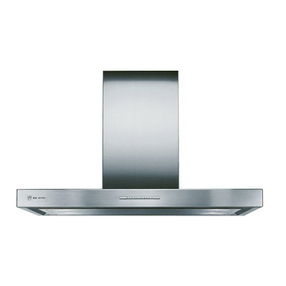
V-ZUG
V-ZUG Mistral User manual
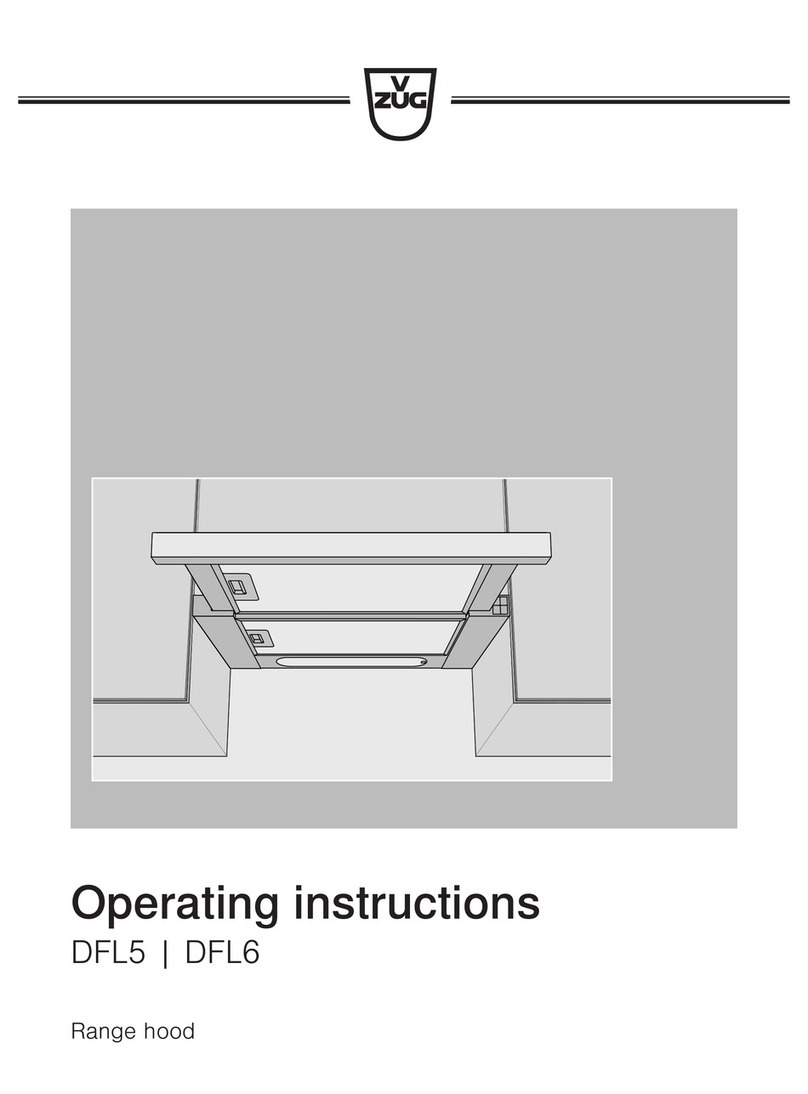
V-ZUG
V-ZUG DFL5 User manual
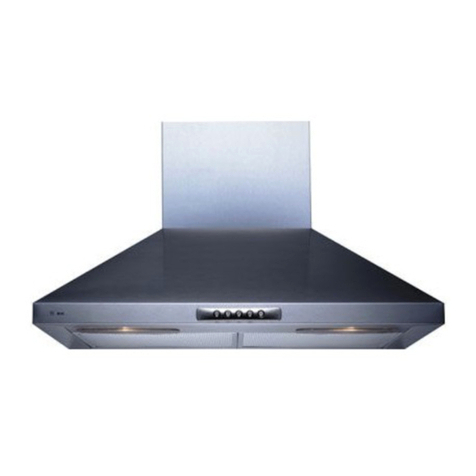
V-ZUG
V-ZUG DW-N6 User manual
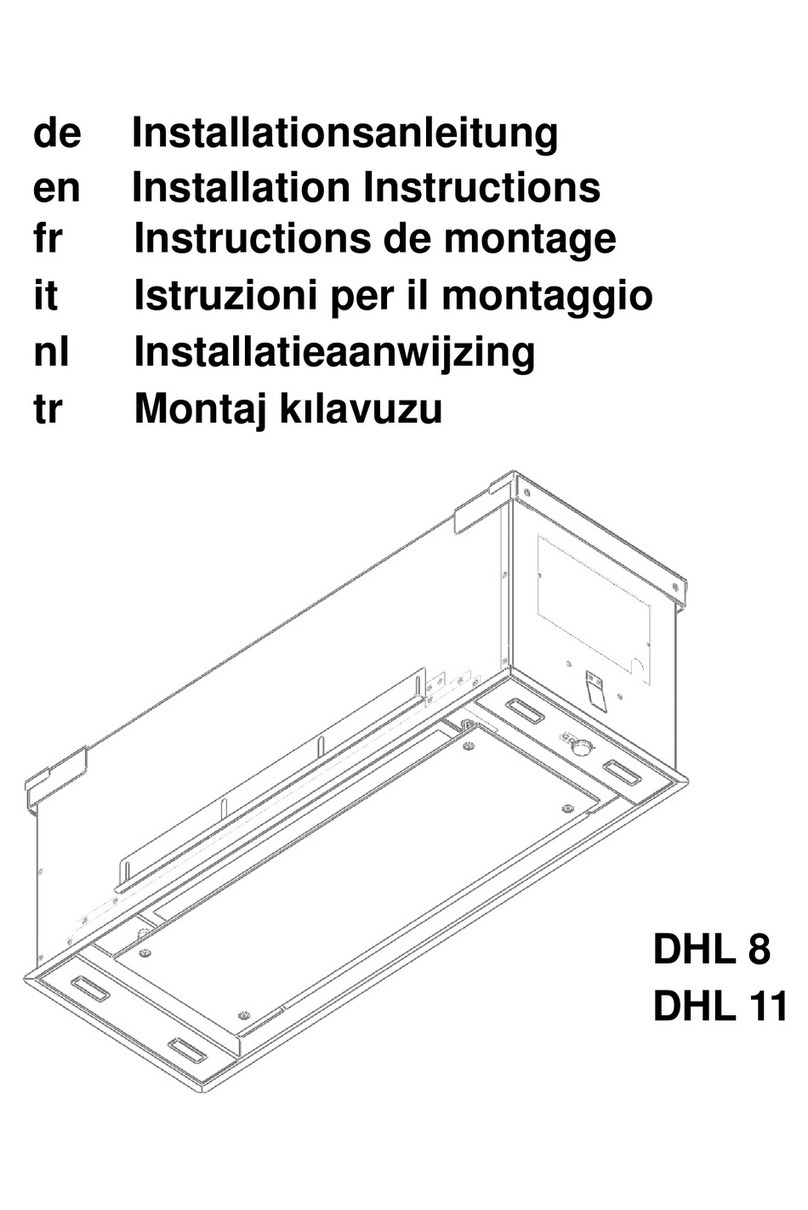
V-ZUG
V-ZUG DHL 8 User manual
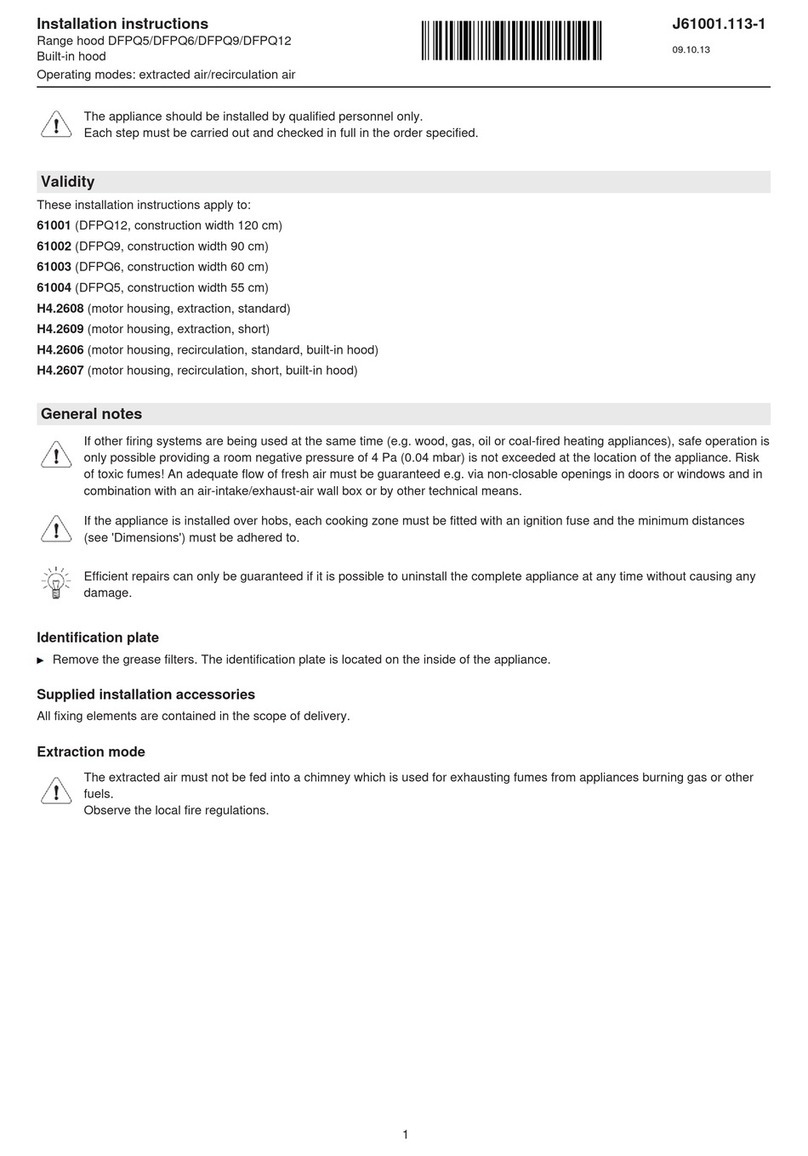
V-ZUG
V-ZUG DFPQ5 User manual

V-ZUG
V-ZUG DIPQG10 User manual
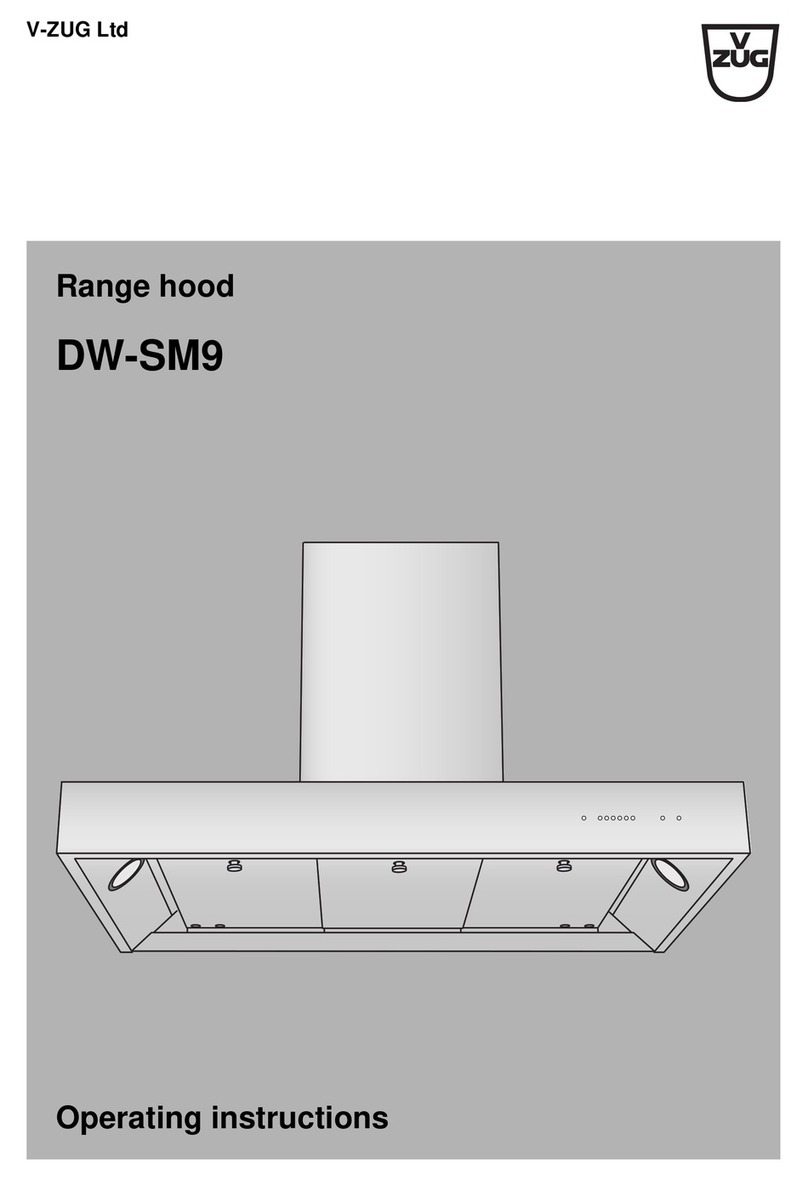
V-ZUG
V-ZUG DW-SM9 User manual

V-ZUG
V-ZUG DKS5i User manual
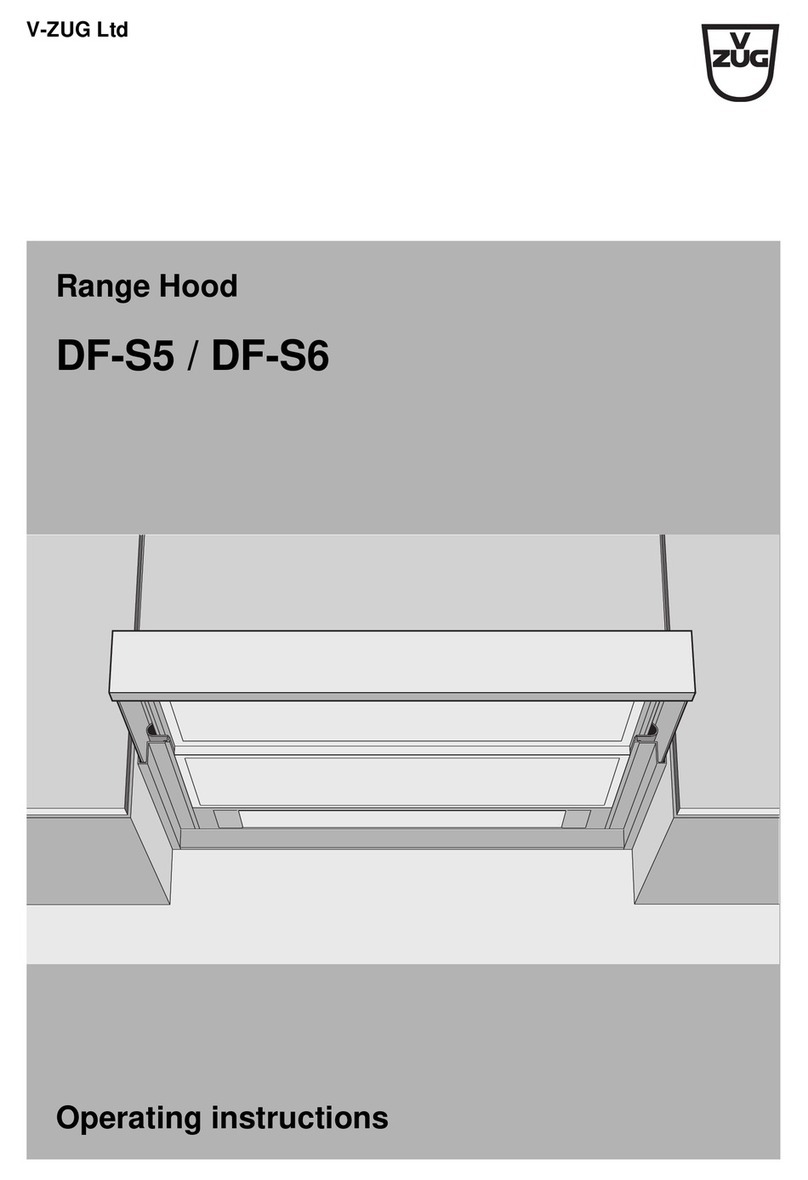
V-ZUG
V-ZUG DF-S5 User manual
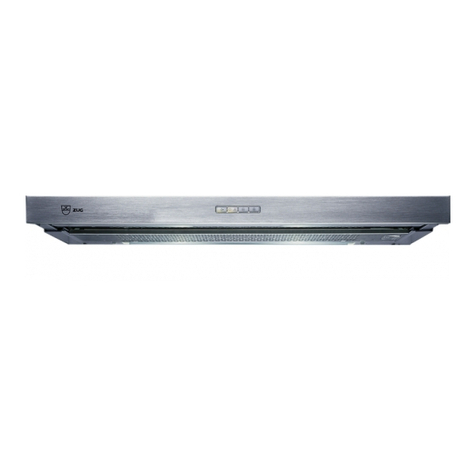
V-ZUG
V-ZUG DF-E5 User manual

V-ZUG
V-ZUG FORANO User manual
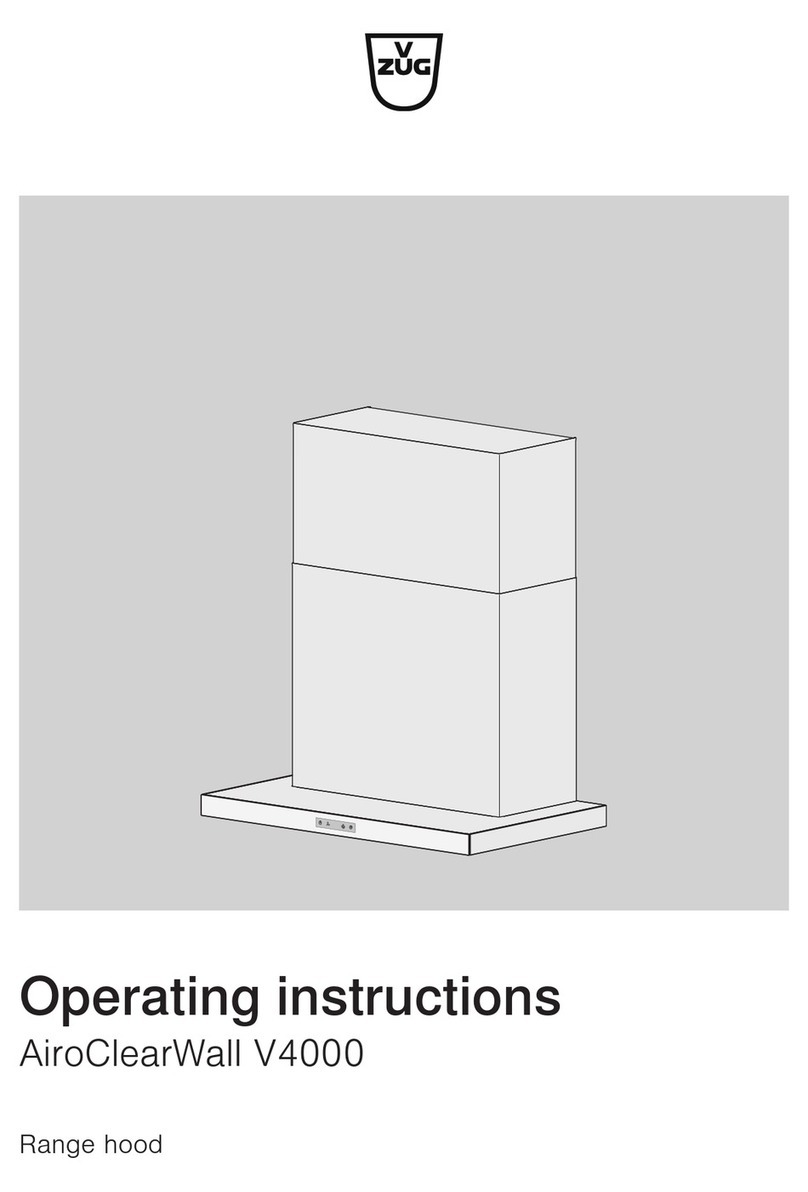
V-ZUG
V-ZUG AiroClearWall V4000 User manual

V-ZUG
V-ZUG DFSG 5 User manual
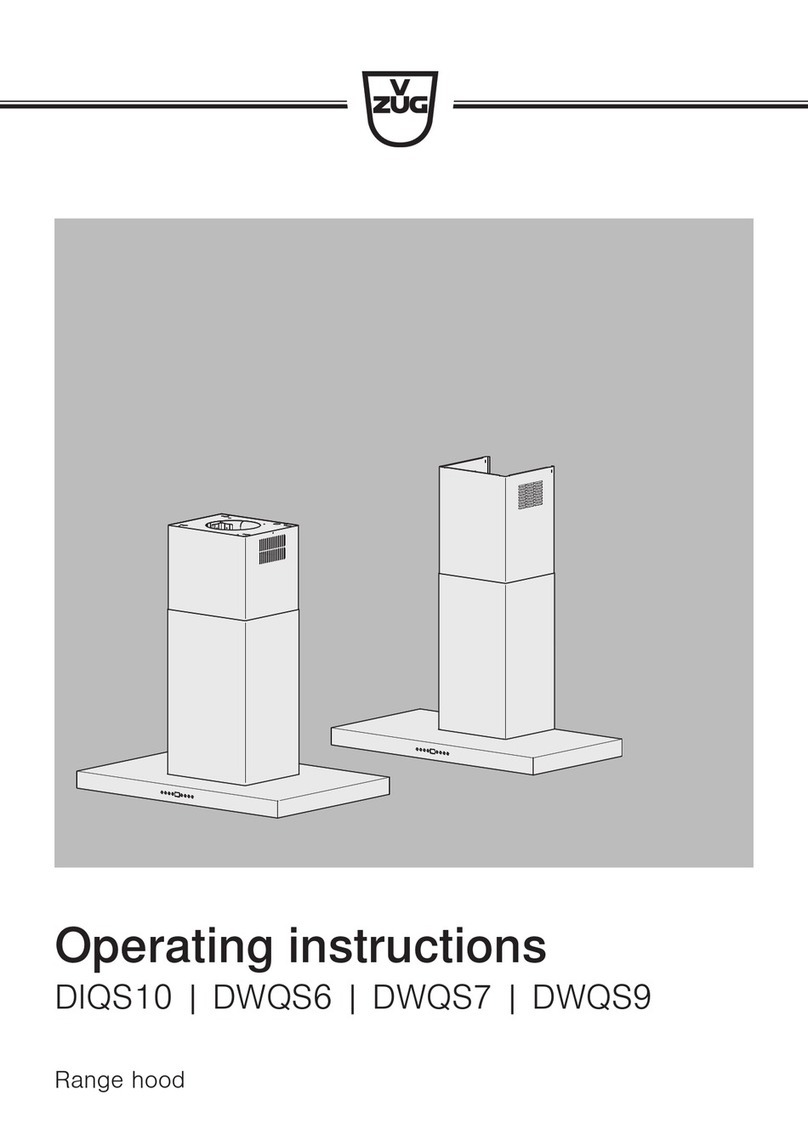
V-ZUG
V-ZUG DIQS10 User manual
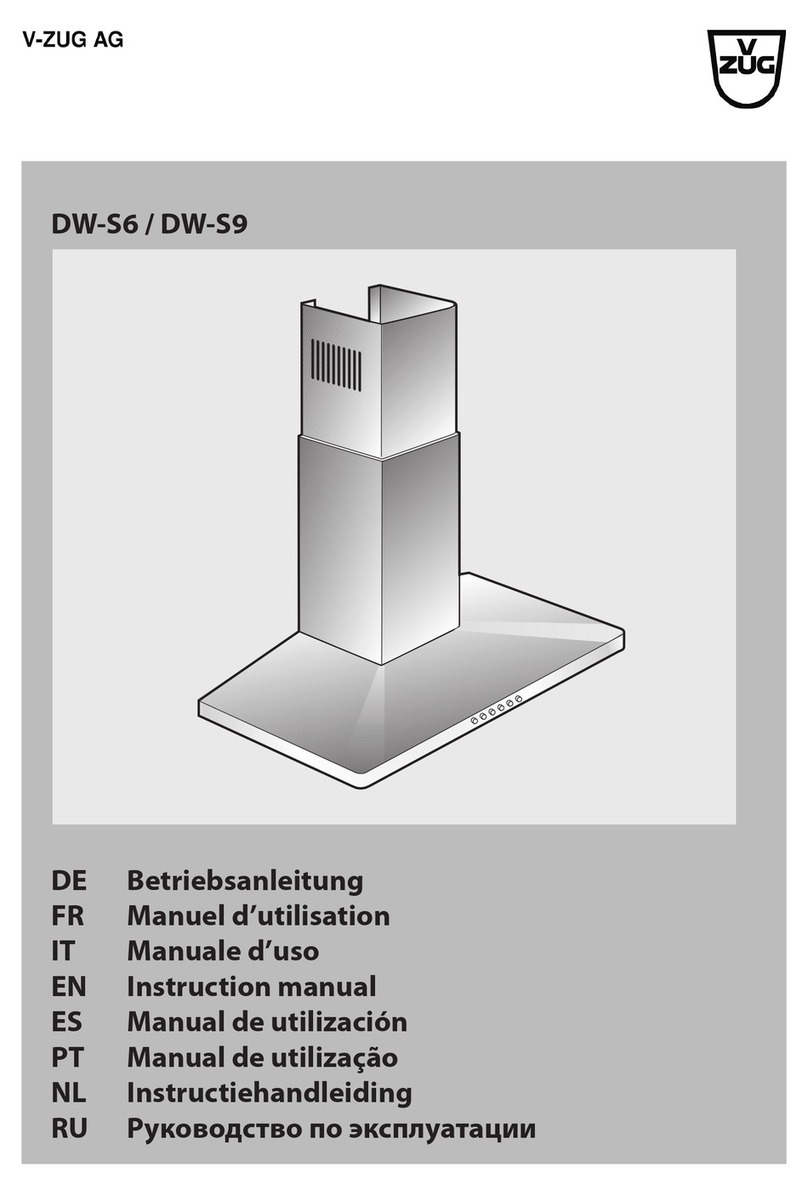
V-ZUG
V-ZUG DW-S6 User manual
Popular Ventilation Hood manuals by other brands
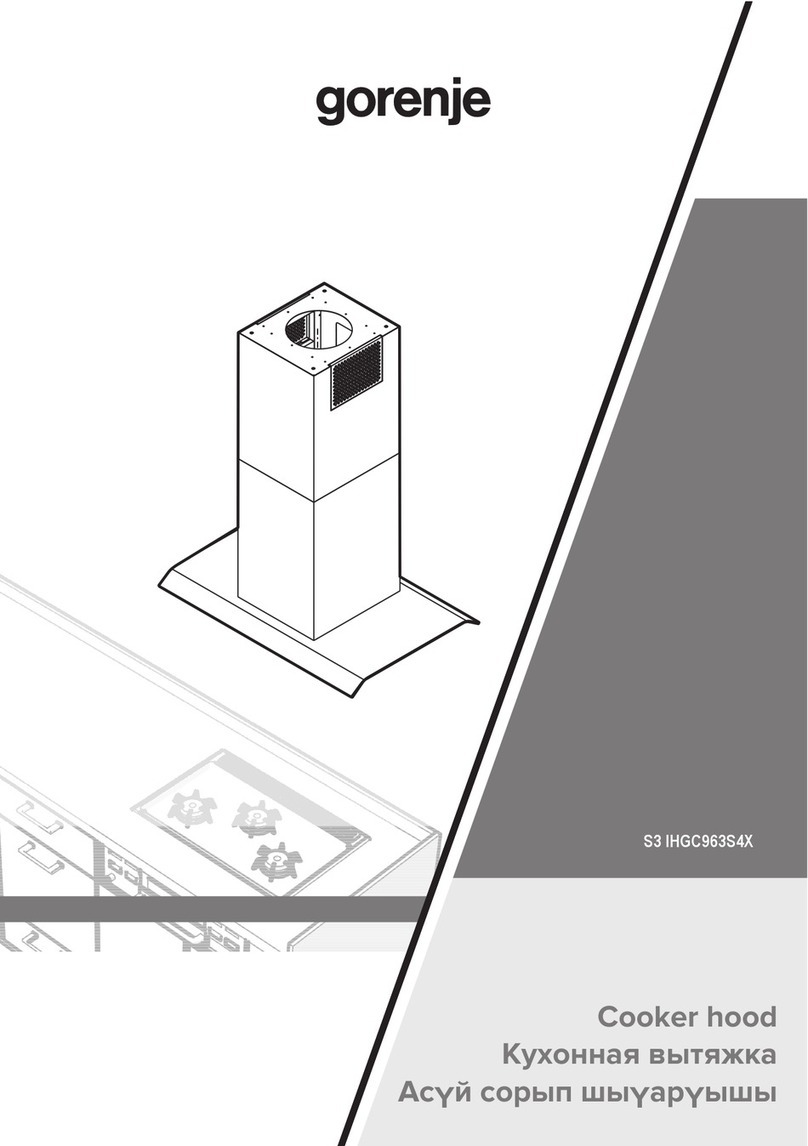
Gorenje
Gorenje S3 IHGC963S4X manual

KOBE
KOBE ISX2136SQB-1 Installation instructions and operation manual

U.S. Products
U.S. Products ADVANTAGE-100H Information & operating instructions

Kuppersberg
Kuppersberg DUDL 4 LX Technical Passport
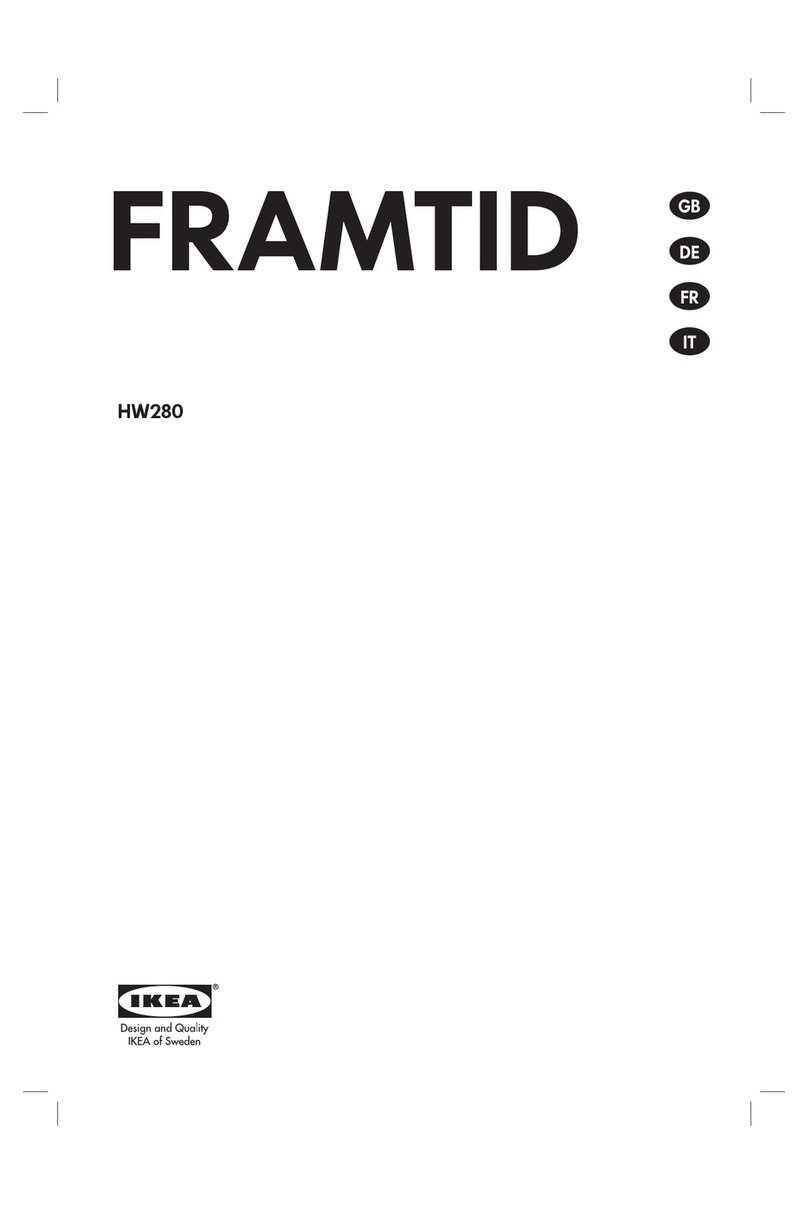
Framtid
Framtid HW280 manual
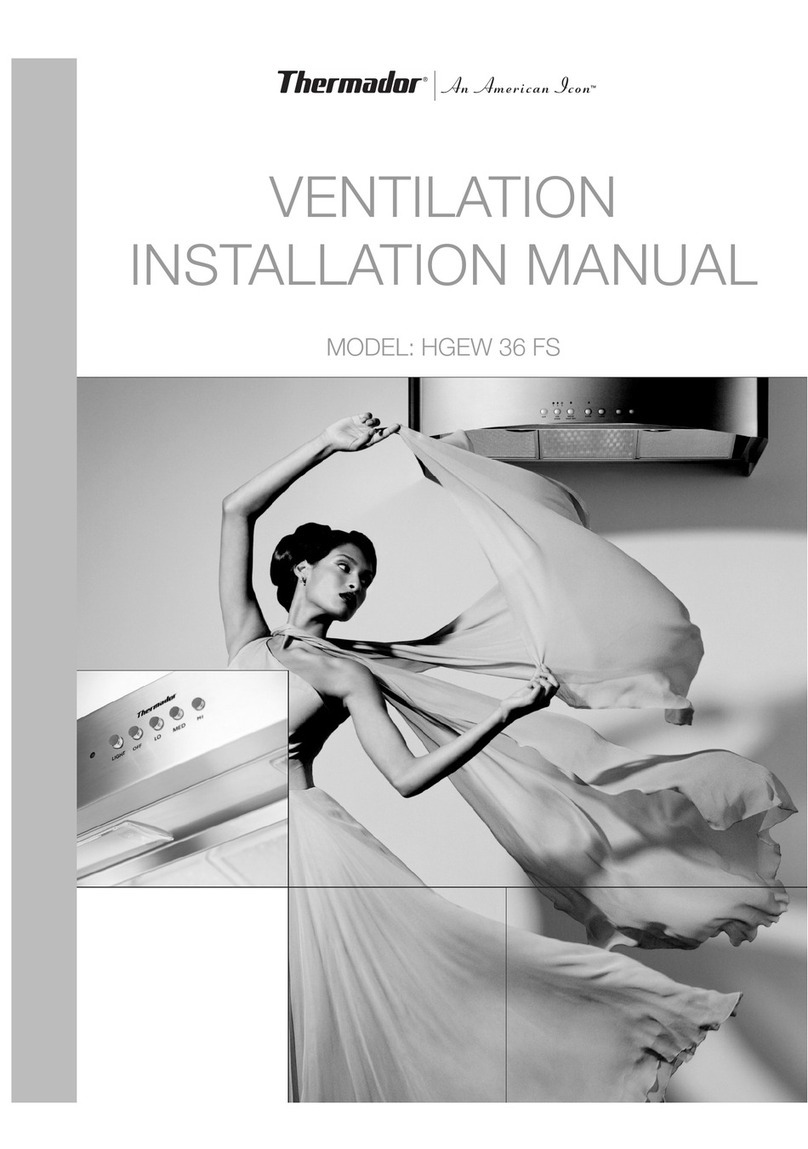
Thermador
Thermador HGEW 36 FS installation manual


